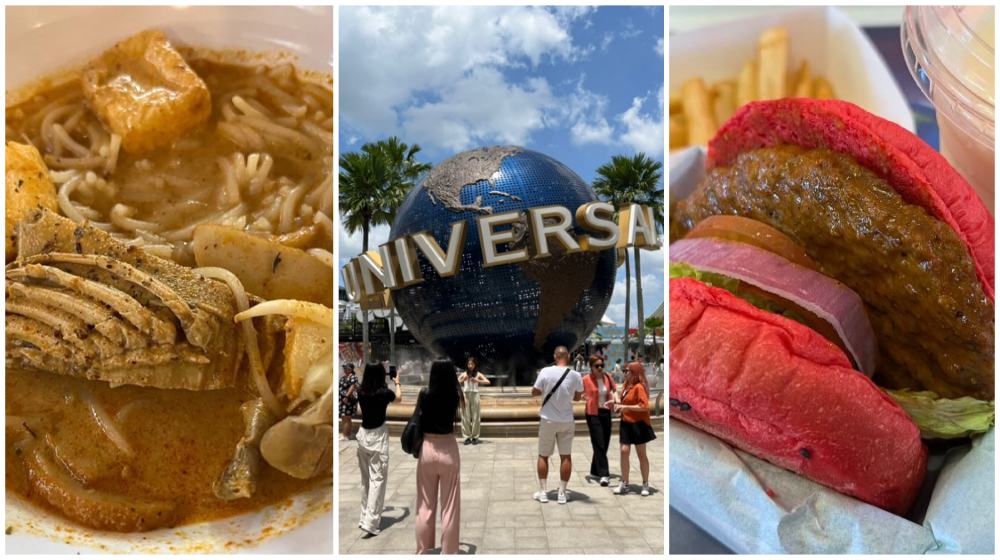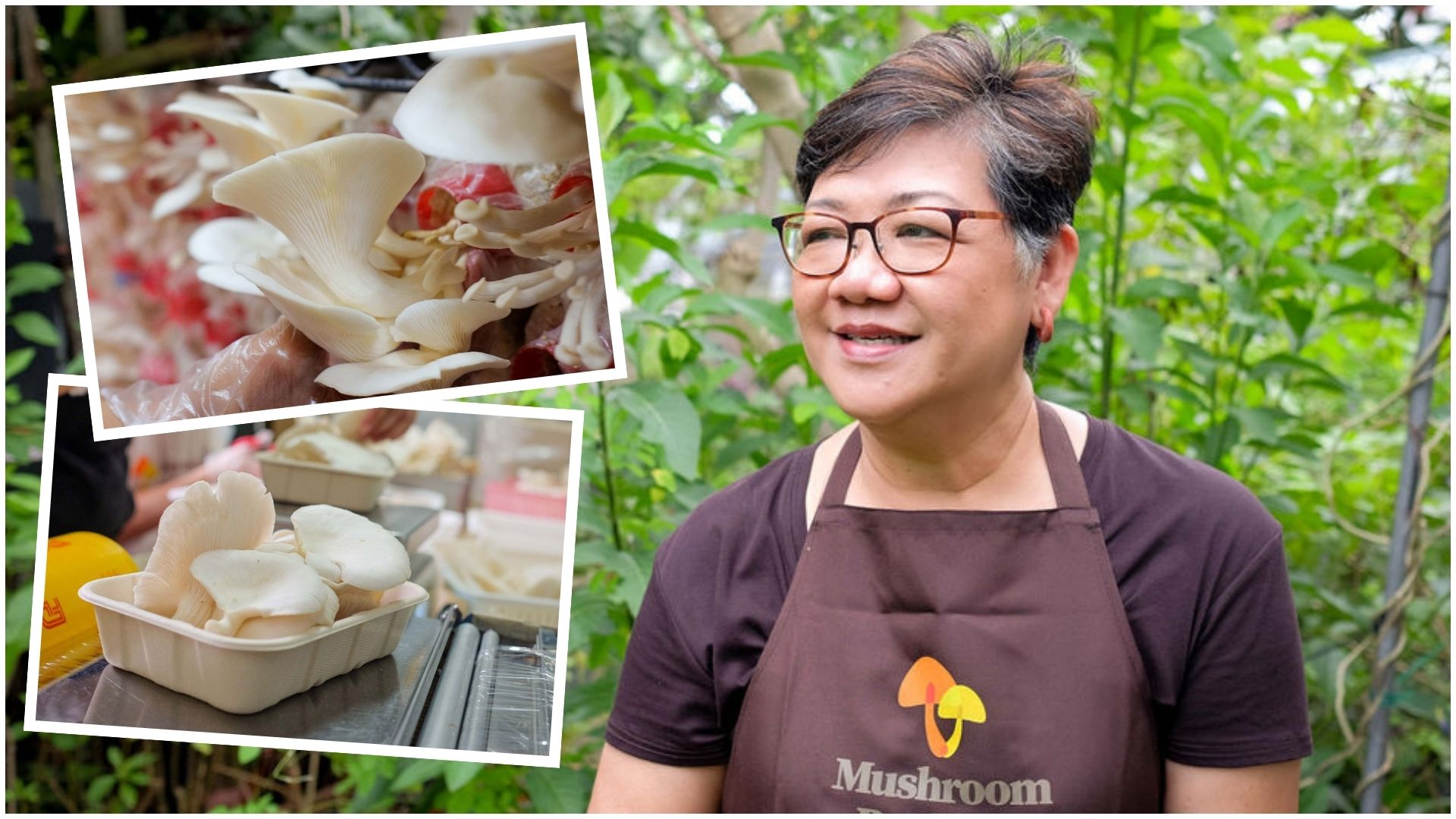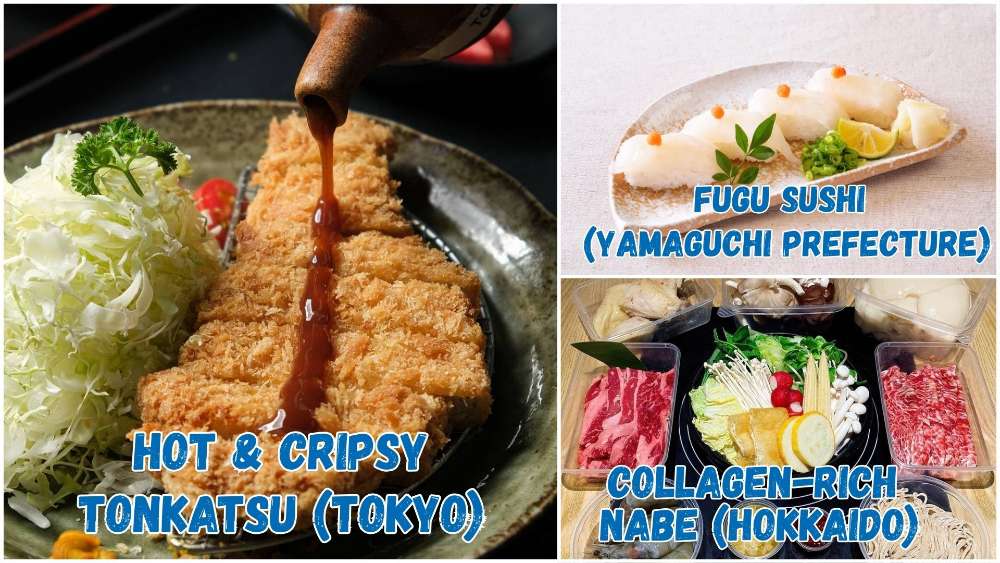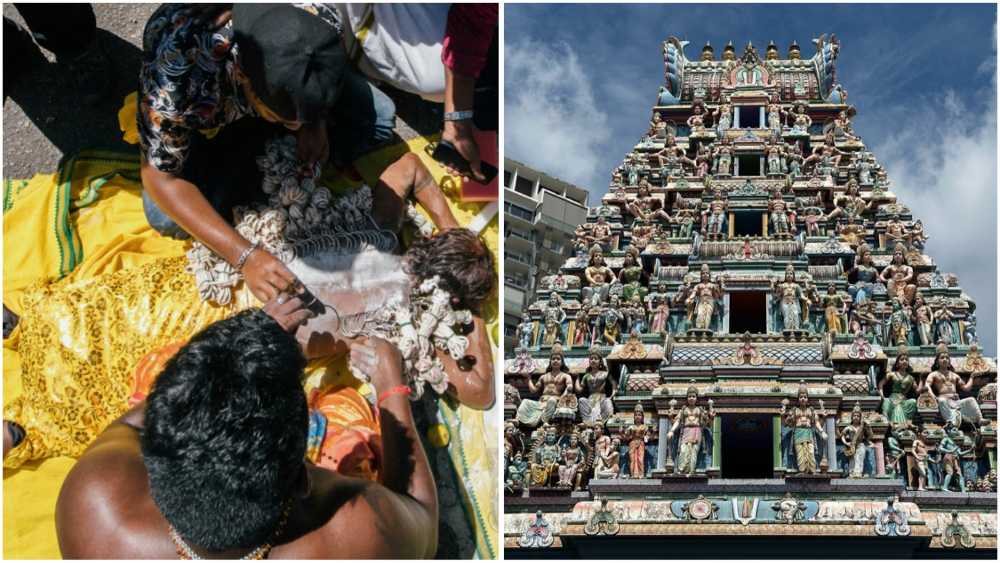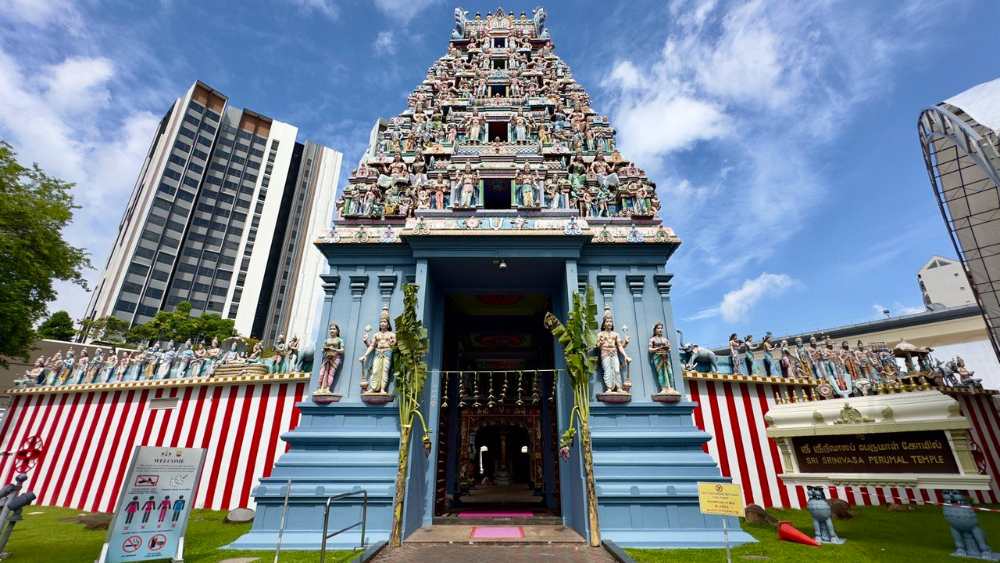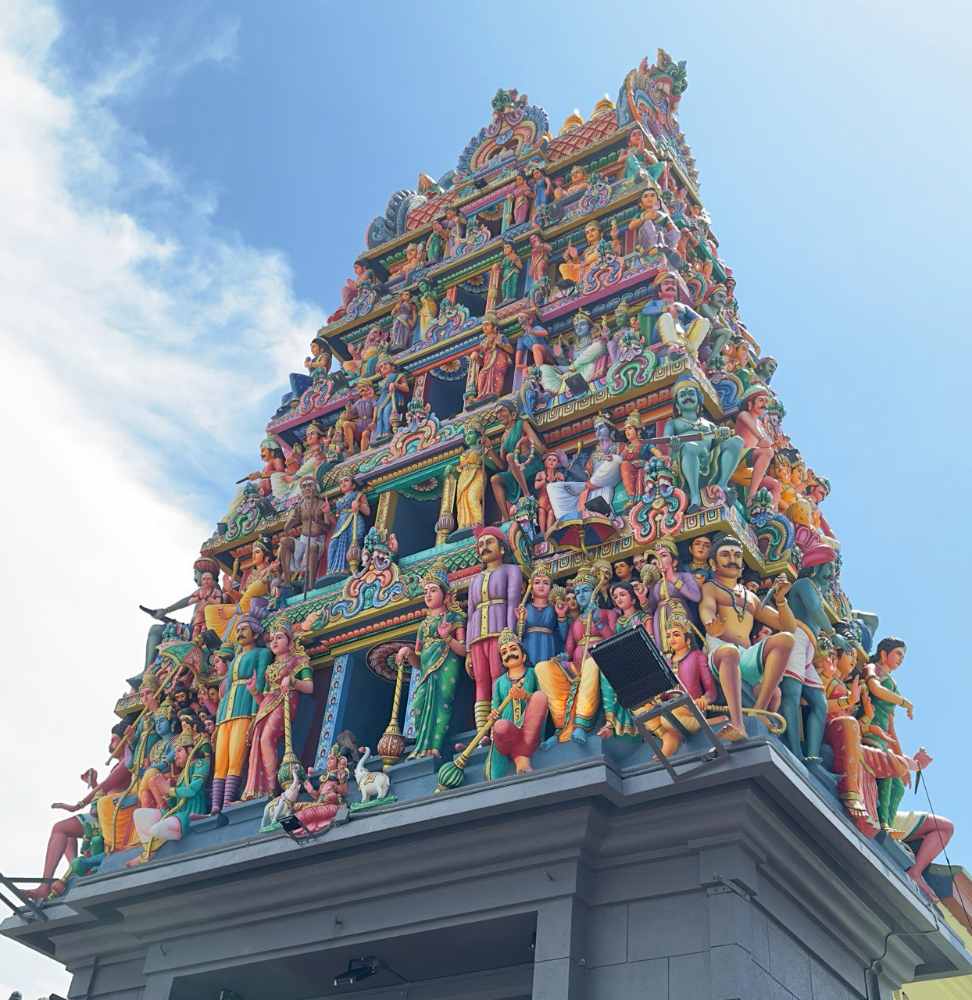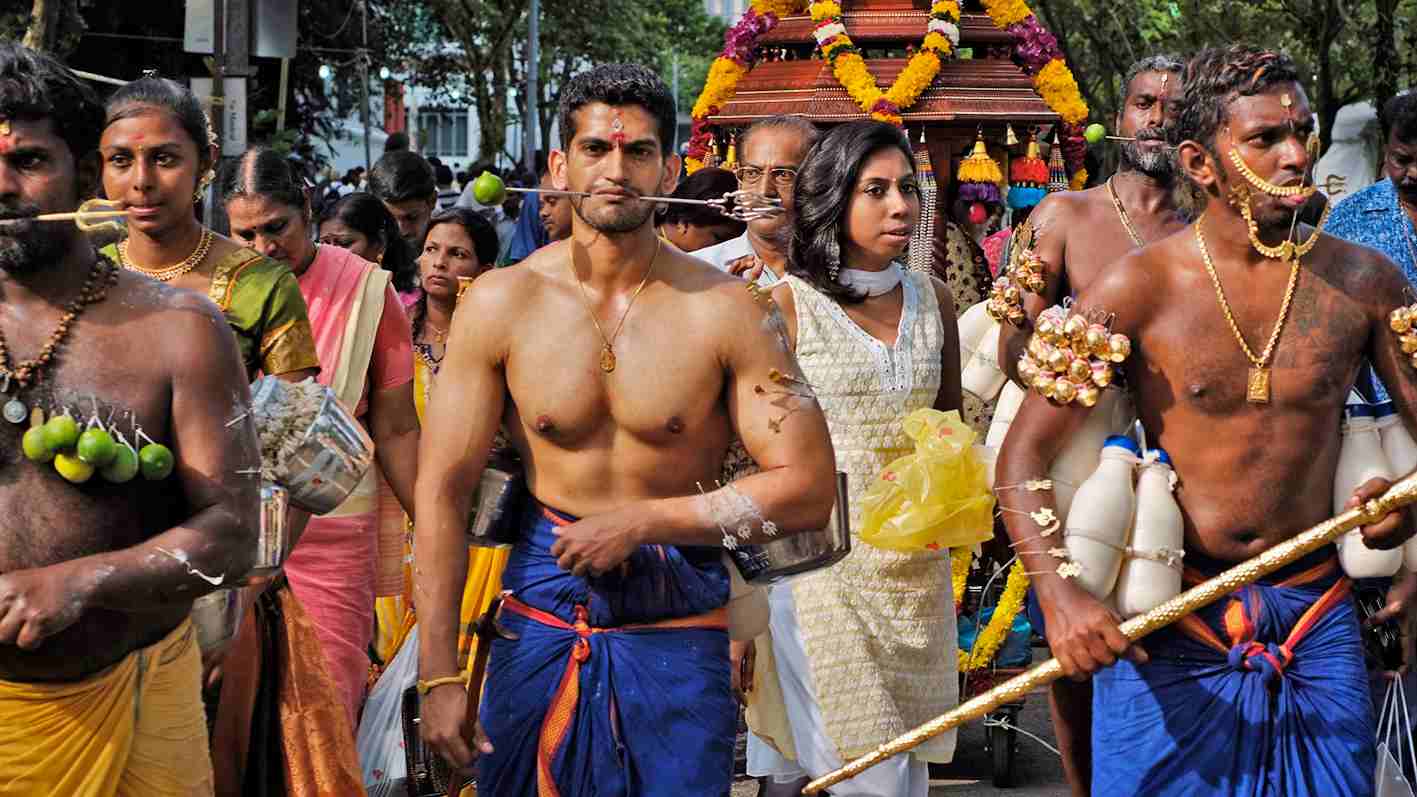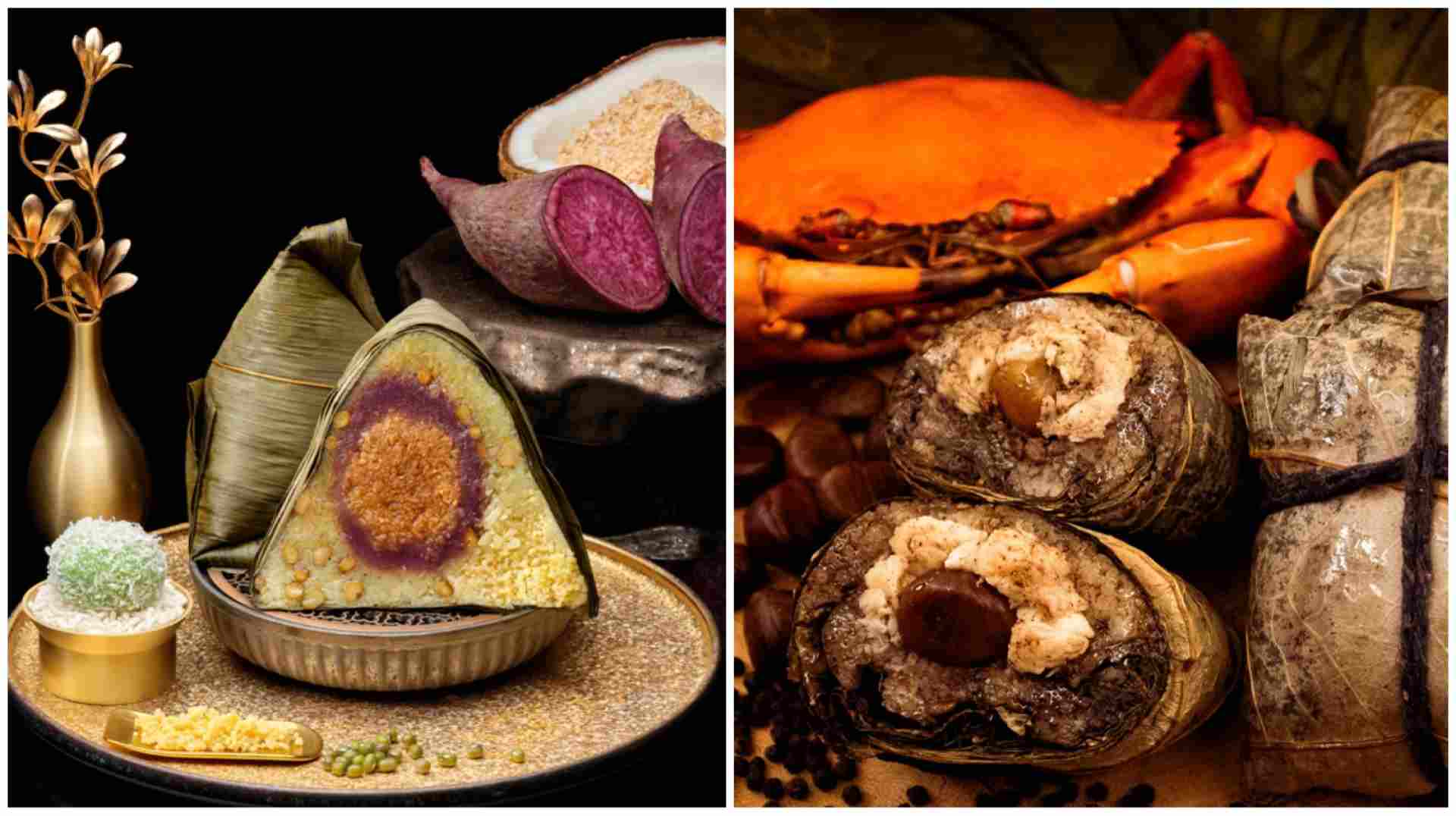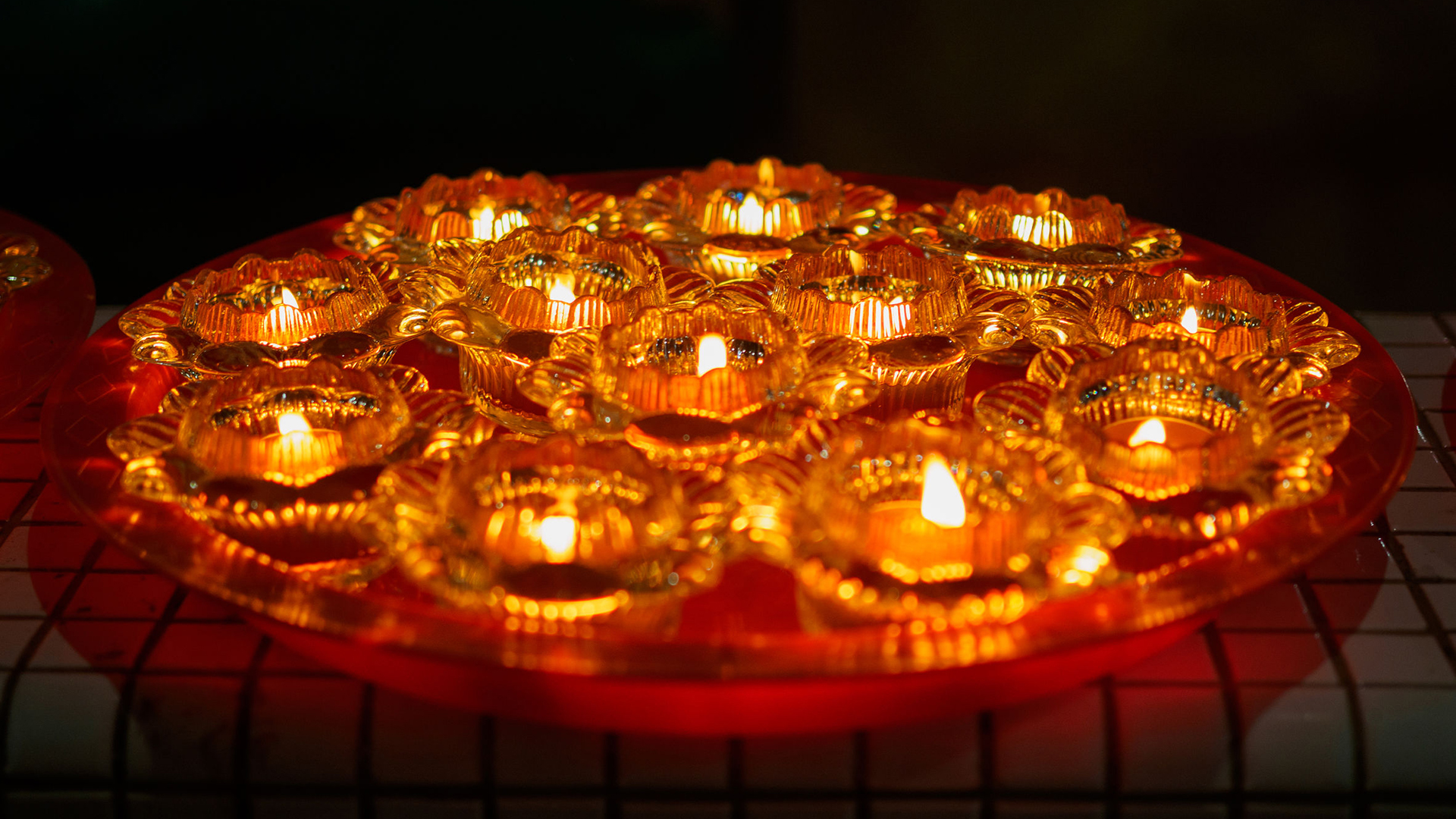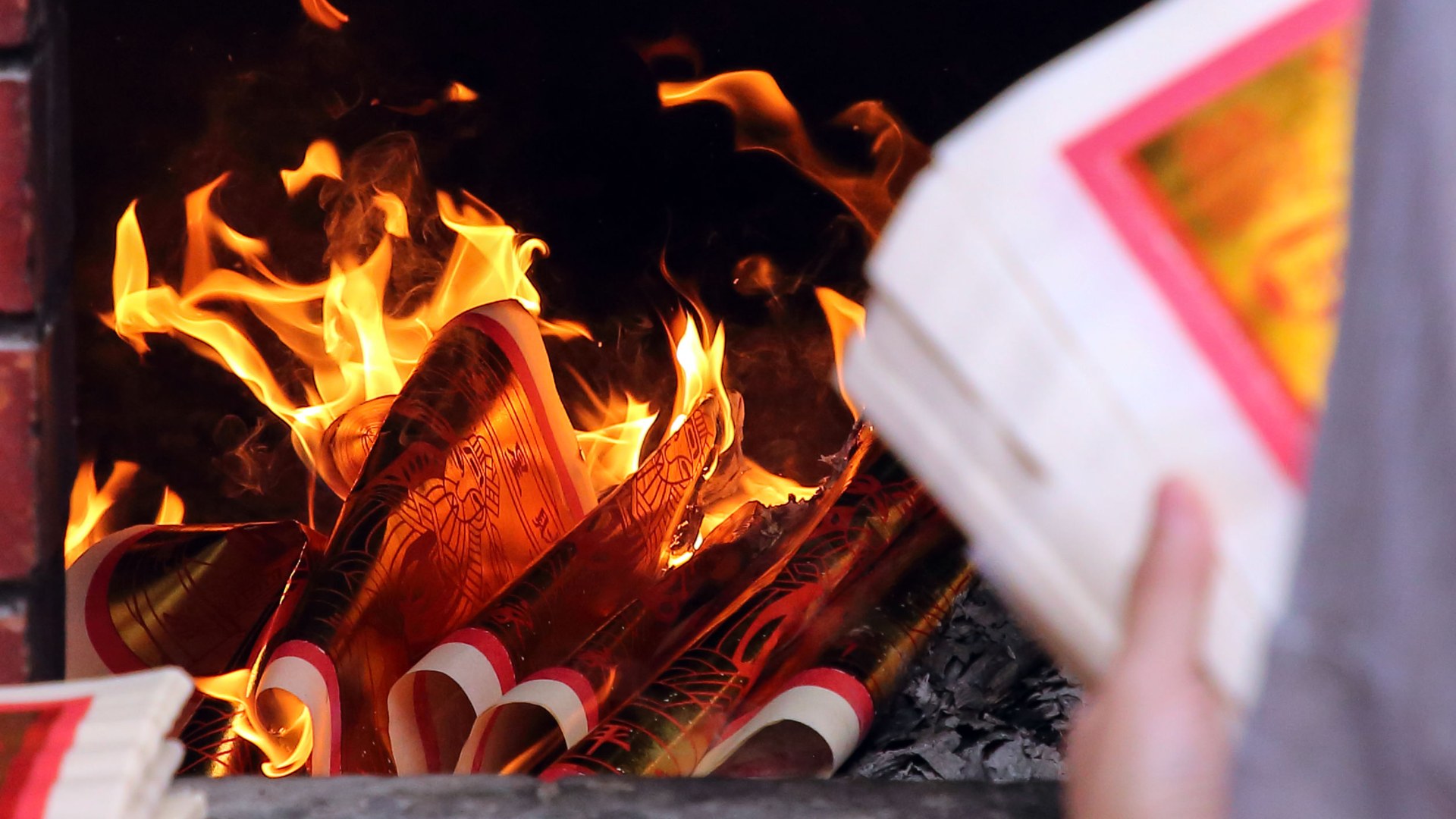Experience The Spirit Of Thaipusam At Singapore’s Oldest Hindu Temples
Thaipusam is a sacred Hindu festival dedicated to Lord Murugan, the deity of courage, power, and virtue. Celebrated by Tamil Hindus, it marks the day when Goddess Parvati gifted Murugan a divine vel (spear), to vanquish evil. Devotees express gratitude and seek blessings through acts of devotion, such as carrying kavadis (ornate structures) or milk pots as offerings.
In 2025, Thaipusam falls on 11 Feb, bringing vibrant processions and heartfelt prayers to the streets of Singapore.
A defining feature of Thaipusam is the kavadi procession, which sees devotees carrying elaborate metal structures adorned with spikes or hooks that pierce their bodies. The kavadi, meaning "sacrifice at every step," is borne as a vow to Lord Murugan or as an act of gratitude.
In Singapore, it is customary for the procession to start at Sri Srinivasa Perumal Temple, and end at Sri Thendayuthapani Temple. Devotees walk the entire 4km stretch while friends and relatives chant hymns and prayers to support them.
These Hindu Temples are also National Monuments
What is a National Monument? Who gazettes them? How many national monuments are there in Singapore? To date, the Preservation of Sites and Monuments, a division of National Heritage Board, has identified and gazetted 75 buildings, structures and sites of national significance as an integral part of Singapore’s built heritage.
And three of Singapore’s oldest Hindu temples – Sri Srinivasa Perumal Temple, Sri Thendayuthapani Temple, and Sri Mariamman Temple – have been gazetted as National Monuments, highlighting their cultural and historical significance.
Find out more about them below.
In 1851, Indian leaders acquired land from the British East India Company to build a temple for Perumal, an incarnation of Vishnu. Completed in 1855, it later underwent major renovations in 1966, with its principal deity changed from Narasimha Perumal to the more benevolent Srinivasa Perumal. Today, Sri Srinivasa Perumal Temple serves as the starting point for the annual Thaipusam procession, which concludes at Sri Thendayuthapani Temple.
The Nattukottai Chettiars (also known as Nagarathars) a community from Chettinad, Tamil Nadu, were among Singapore’s earliest Indian immigrants, arriving in the 19th century as traders, bankers, and financiers. Their religious and economic life centred around Sri Thendayuthapani Temple, also known as the Chettiars' Temple, built in 1859 on Tank Road.
As devoted followers of Shaivism, they upheld their tradition of dedicating temples to Murugan, even after migrating across Asia. Presently, aside from the yearly Thaipusam procession, the temple hosts community activities such as walk-a-jogs and annathaanam (free meals) during special occasions.
Sri Mariamman Temple, Singapore’s oldest Hindu temple, was founded by Naraina Pillai, an Indian pioneer who arrived with Sir Stamford Raffles in 1819. Dedicated to Sri Mariamman, the temple honours her as a rain-bringer (“maari” means rain, “amman” means mother in Tamil) and a healer of epidemic diseases like cholera. Historically, it was also known as the "Kling Temple", due to the common usage of the term "Kling" (sometimes spelled as Keling or Kelenga) to describe southern Indians, particularly the Tamil community.
To find out more about Thaipusam festivities happening in Singapore, click here.
For the latest updates on Wonderwall.sg, be sure to follow us on TikTok, Telegram, Instagram, and Facebook. If you have a story idea for us, email us at [email protected].

